Check the water supply valve
One of the most common reasons for a kitchen sink to have no water pressure except on the sprayer is a closed or partially closed water supply valve. This valve controls the flow of water into your home and can sometimes get turned off accidentally. Make sure to check the valve and ensure that it is fully open to allow water to flow freely into your kitchen sink.
If the valve is already open and you are still experiencing low water pressure, it may be a sign of a more serious issue and you may need to call a professional plumber for assistance.
Check the aerator
The aerator is a small mesh screen located at the end of your kitchen faucet. Its purpose is to mix air with the water to create a steady and even flow. Over time, the aerator can become clogged with mineral deposits, debris, and other sediment, leading to a decrease in water pressure. To check the aerator, unscrew it from the end of the faucet and clean it thoroughly with a mixture of vinegar and water. This should help improve the water pressure in your sink.
Check the water pressure regulator
The water pressure regulator is a valve that controls the overall water pressure in your home. If it is not functioning properly, it can cause low water pressure in your kitchen sink. To check the regulator, locate it near the main water supply valve and make sure it is set to the recommended pressure for your home. If it is set too low, adjust it accordingly or call a professional plumber for assistance.
Check the faucet cartridge
The faucet cartridge is a small piece of hardware inside your kitchen faucet that controls the flow of water. If it becomes clogged, worn out, or damaged, it can lead to a decrease in water pressure. To check the cartridge, turn off the water supply to your faucet and remove the handle. Inspect the cartridge and replace it if necessary to improve the water pressure in your sink.
Check the supply lines
The supply lines are the pipes that connect your kitchen faucet to the main water supply. Over time, these lines can become clogged with sediment, debris, or mineral deposits, leading to low water pressure. To check the supply lines, turn off the water supply and disconnect the lines from the faucet. Flush them out with water and then reattach them to see if this improves the water pressure.
Check the diverter valve
The diverter valve is responsible for directing water to either the faucet or the sprayer in your kitchen sink. If it becomes clogged or damaged, it can lead to low water pressure on one or both sides. To check the diverter valve, turn off the water supply and remove the faucet handle. Inspect the valve and clean or replace it if necessary to improve water pressure.
Check for clogs in the pipes
Clogs in the pipes can also cause low water pressure in your kitchen sink. These clogs can be caused by a buildup of debris, grease, or other materials. To check for clogs, turn off the water supply and inspect all visible pipes for any signs of blockage. If you are unable to locate the clog, it is best to call a professional plumber for assistance.
Check the water filter
If your kitchen faucet has a built-in water filter, it is important to regularly check and replace it as needed. A clogged or dirty filter can restrict water flow and lead to low water pressure in your sink. Follow the manufacturer's instructions for cleaning or replacing the filter and see if this improves the water pressure.
Check for leaks in the pipes
Leaks in the pipes can also cause low water pressure in your kitchen sink. These leaks can be caused by corroded or damaged pipes, loose fittings, or other issues. To check for leaks, turn off the water supply and inspect all visible pipes for any signs of dripping or moisture. If you find a leak, it is best to call a professional plumber for repairs.
Check the faucet handle
The faucet handle is an often overlooked component that can also contribute to low water pressure in your kitchen sink. If it is damaged or not functioning properly, it can restrict water flow and cause issues with the water pressure. To check the handle, turn off the water supply and remove it from the faucet. Inspect it for any damage and replace it if necessary to see if this improves the water pressure.
In conclusion, there are several potential reasons why your kitchen sink may have no water pressure except on the sprayer. By checking and addressing these common issues, you should be able to improve the water pressure and ensure a steady flow of water in your kitchen sink. If these steps do not resolve the issue, it is best to call a professional plumber for further assistance.
Troubleshooting Low Water Pressure in Kitchen Sink

Is your kitchen sink giving you a hard time with low water pressure? Are you struggling to get enough water flow to wash dishes or fill up a pot? Don't worry, you're not alone. Low water pressure in kitchen sinks is a common problem that many homeowners face. However, it can be frustrating and inconvenient, especially when you're in a hurry. Here are some possible causes and solutions for low water pressure in your kitchen sink.

If you're experiencing low water pressure in your kitchen sink, the first thing to check is the water shut-off valves . These valves control the water flow to your sink and can accidentally get turned off. Make sure they are fully open. If they are partially closed, it can restrict the flow of water to your sink. If the valves are fully open and you're still experiencing low pressure, the issue could be with your water supply line .
Mineral deposits can build up in your water supply line, causing a blockage that restricts the flow of water. This is more common in older homes with galvanized pipes. To fix this issue, you can try flushing out the line by turning off the water supply and disconnecting the supply line from the sink. Place a bucket under the line and turn on the water supply to flush out any debris or mineral deposits. You can also try cleaning the aerator on your faucet, as this can also become clogged with mineral deposits over time.
If the above solutions don't work, there may be a leak in your water supply line. This can cause a decrease in water pressure, as the water is not able to reach your sink efficiently. Check for any visible leaks and repair them if necessary. If you can't find a leak, it may be located behind a wall or in the pipes beneath your sink. In this case, it's best to call a professional plumber.
Another possible cause of low water pressure in your kitchen sink is a faulty pressure regulator . This device controls the water pressure in your home and can become worn out or malfunction over time. If this is the case, you may need to replace your pressure regulator to restore proper water pressure to your kitchen sink.
Blocked pipes can also cause low water pressure in your kitchen sink. This can happen if food scraps, grease, or other debris get stuck in the pipes. To fix this issue, you can try using a plunger or a plumbing snake to clear the blockage. If this doesn't work, it's best to call a professional plumber to avoid causing further damage to your pipes.
In conclusion, there are several possible causes and solutions for low water pressure in your kitchen sink. By checking the water shut-off valves, cleaning the aerator, flushing out the supply line, and checking for leaks or blockages, you can troubleshoot and fix the issue. However, if these solutions don't work, it's best to call a professional plumber to properly diagnose and fix the problem. Don't let low water pressure in your kitchen sink disrupt your daily routine, take action and enjoy a fully functional sink once again.




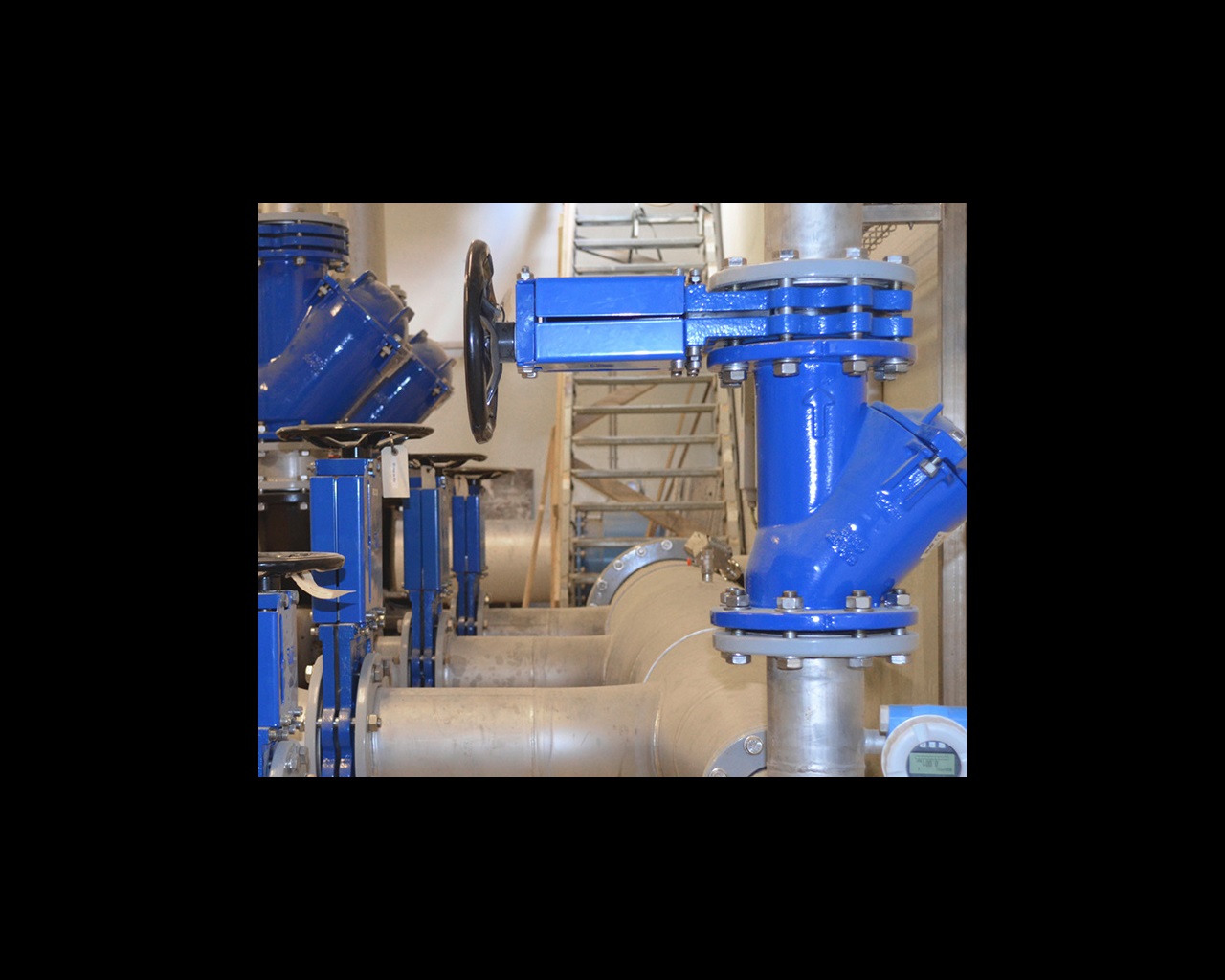




:max_bytes(150000):strip_icc()/GettyImages-106572292-3658474337224eda8721faead4f91390.jpg)

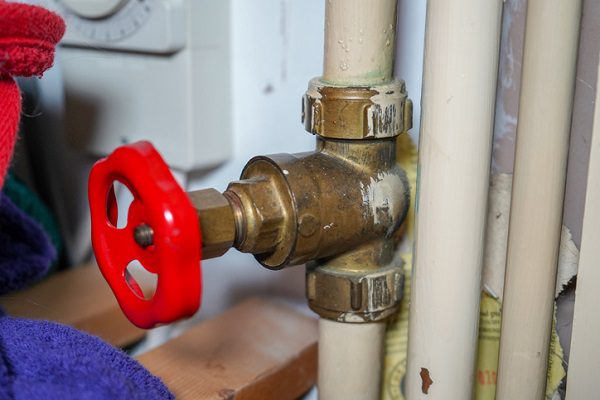




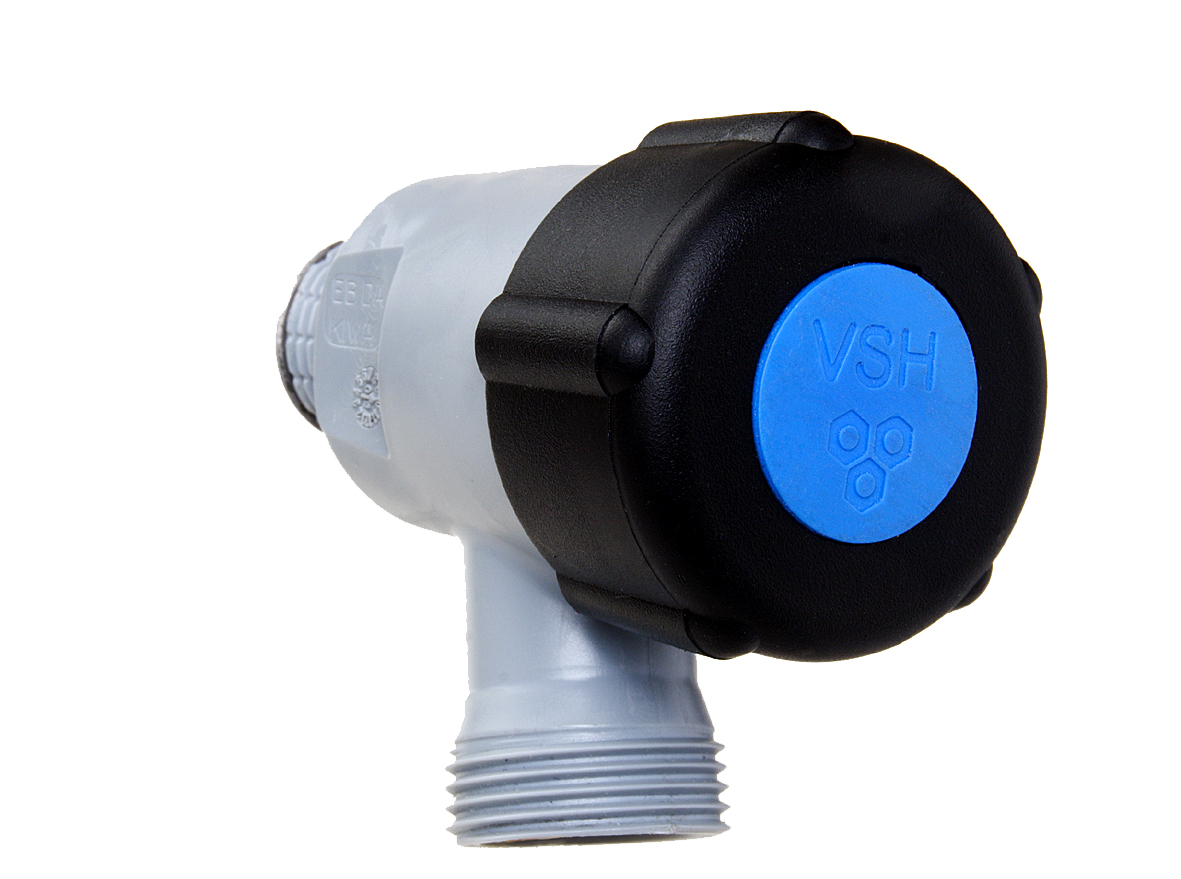







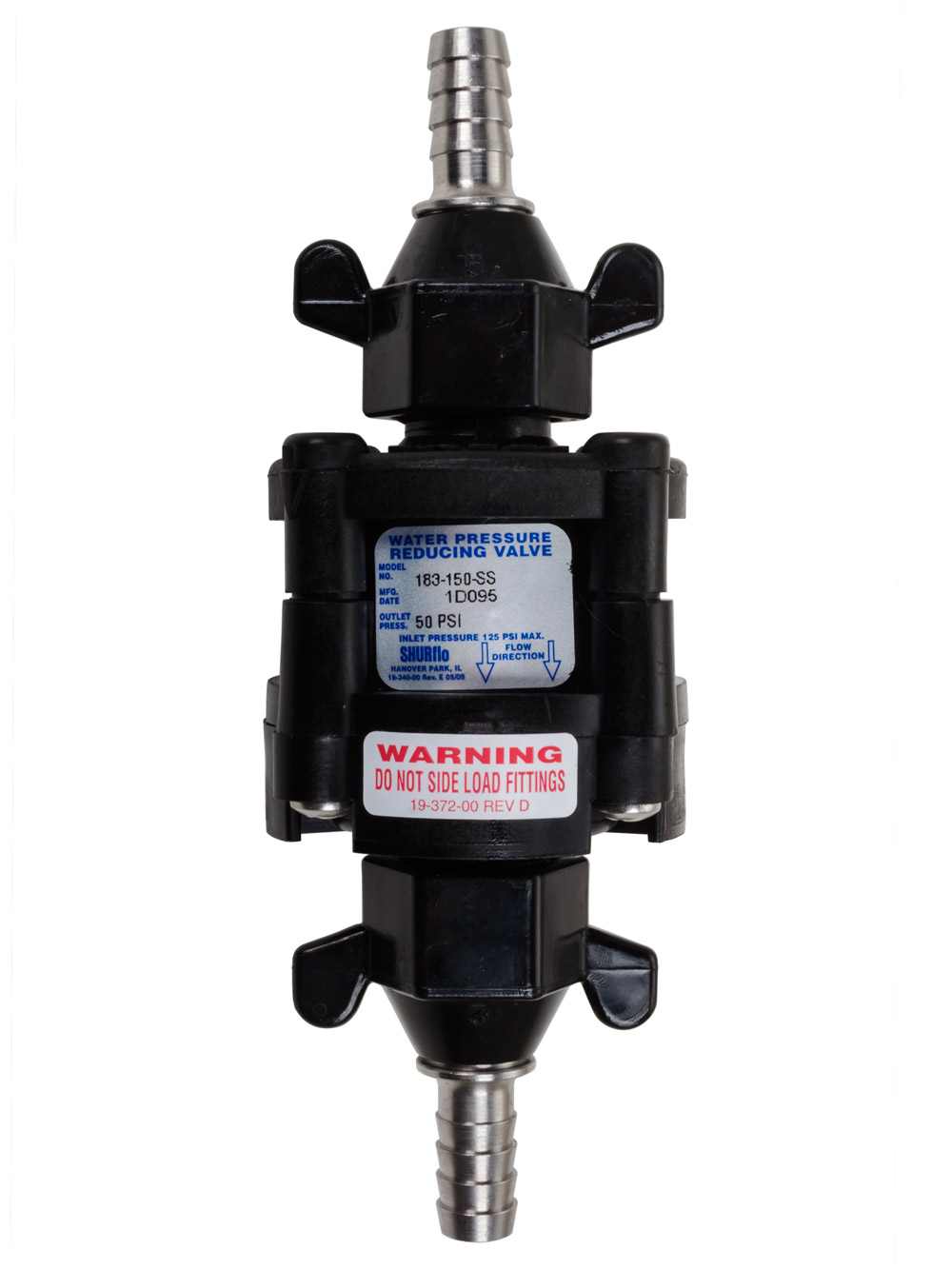


:max_bytes(150000):strip_icc()/the-men-s-hand-opens-the-ball-valve-on-the-collector-1006810456-5c5fc73fc9e77c000159c4af.jpg)





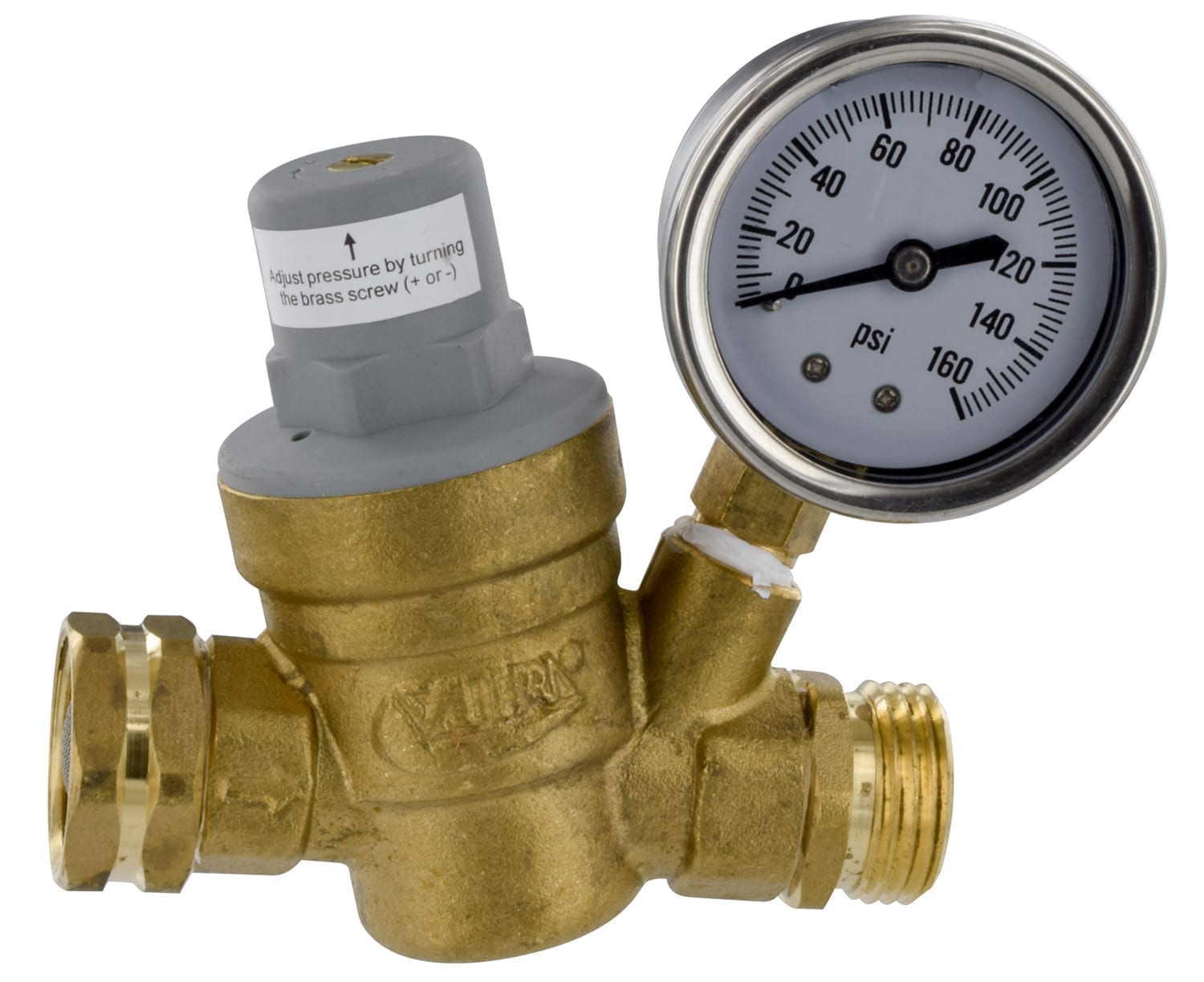

:max_bytes(150000):strip_icc()/testing-water-pressure-in-your-home-2718692-04-c37ab3236d0d4b61b87079ebf9ef823e.jpg)
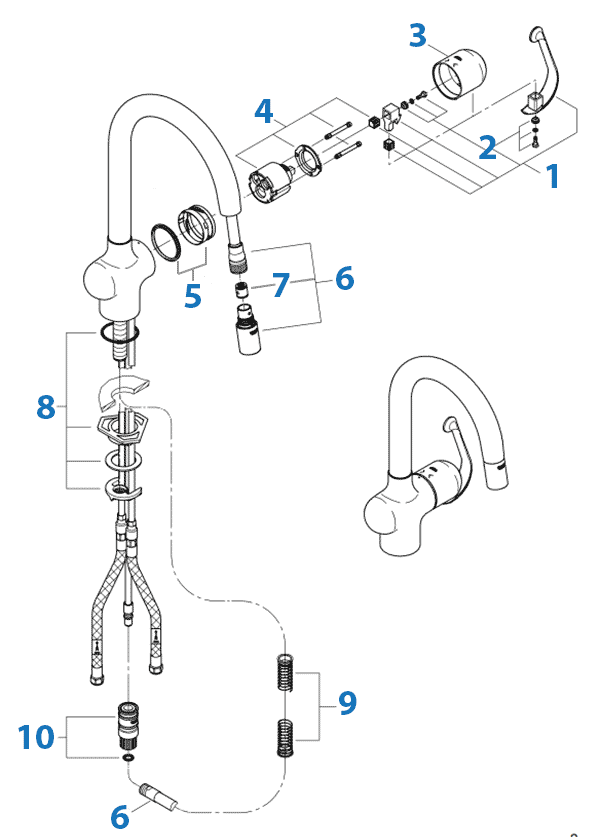




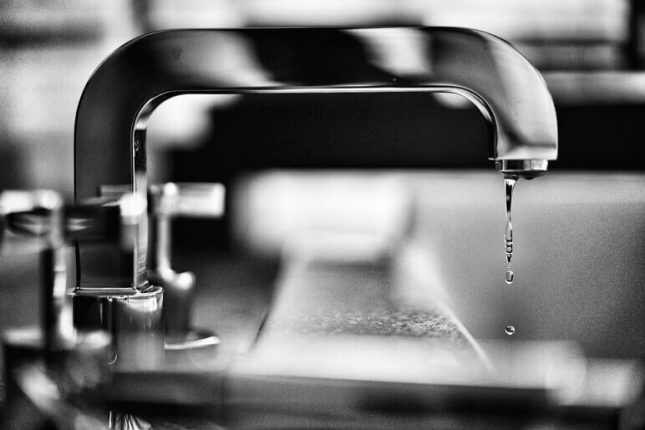







































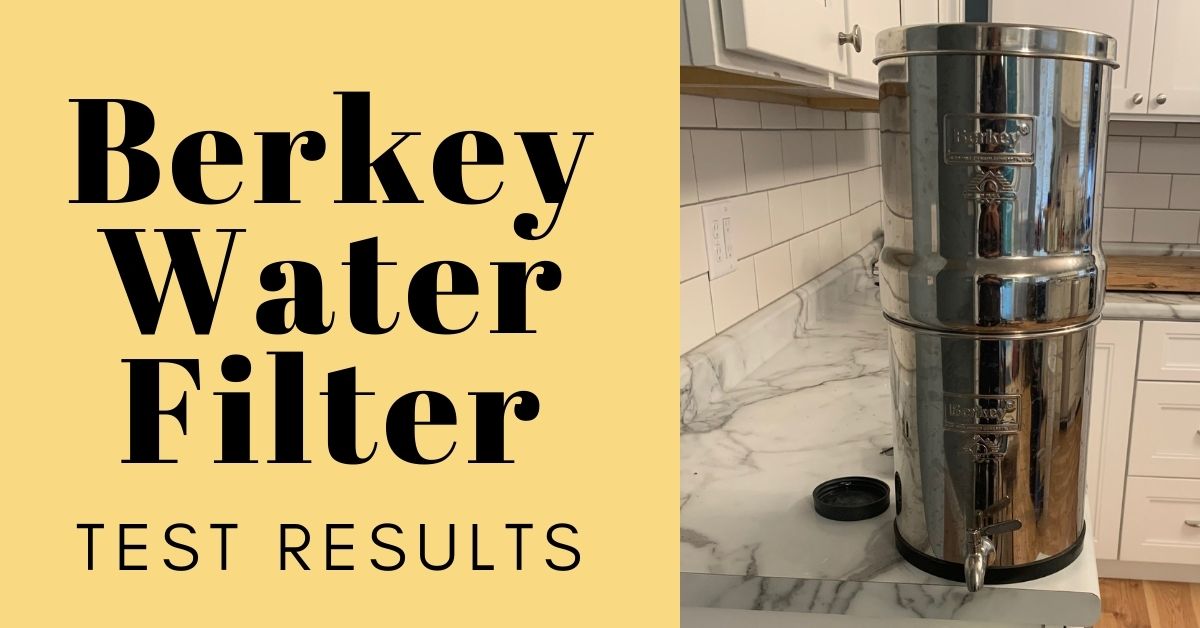
/cdn.vox-cdn.com/uploads/chorus_image/image/63879746/WaterFilter_2.0.jpg)





























